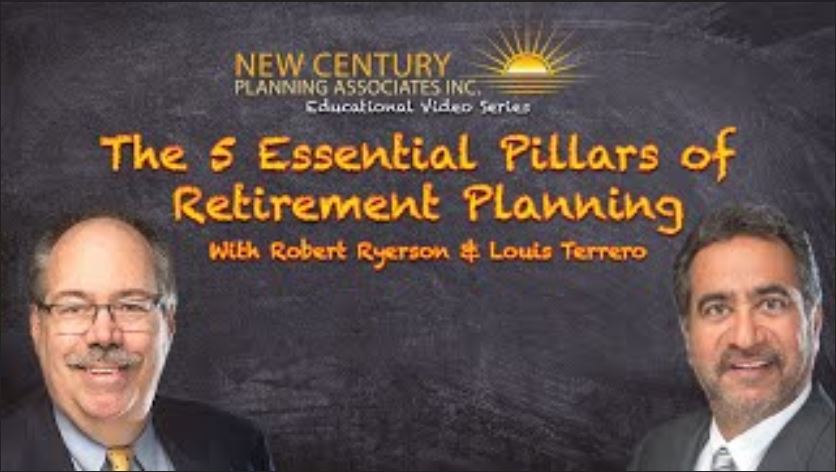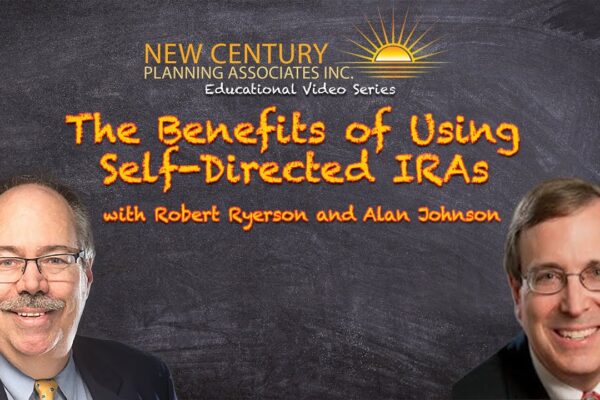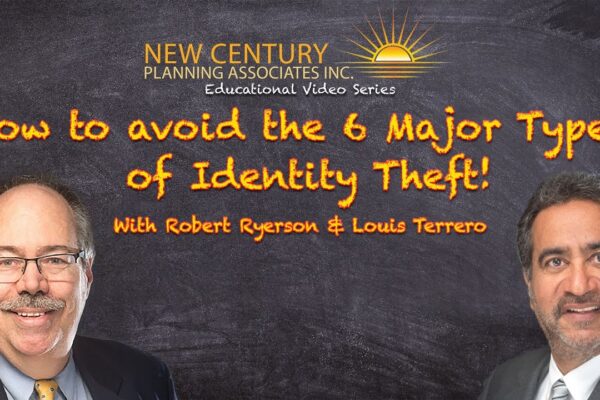Navigating the Peaks of Retirement: Understanding the 5 Essential Pillars of Retirement Planning
Retirement planning is often compared to climbing a financial mountain, and rightly so. It involves meticulous preparation, awareness of potential pitfalls, and a strategy that sees you through various phases of life. A recent insightful video titled “The 5 Essential Pillars of Retirement Planning” by New Century Planning Associates breaks down this complex journey into understandable parts, offering valuable advice for anyone looking to secure their financial future.
Two Phases of Retirement: Accumulation and Distribution
The retirement journey begins with the accumulation phase, where the focus is on consistently saving money over several decades of working life. The next phase is distribution, which begins at retirement. Many people only consider the accumulation phase in retirement planning. However, plenty of financial challenges can crop up during retirement, like taxes, inflation, and long-term care. Even longevity can be a financial challenge, though it’s certainly a good problem to have. Having a strategic plan to meet these challenges is essential.
The following five pillars can help people maximize their retirement planning through both phases of the retirement journey.
- Insulate Against Tax Increases
Many people underestimate the impact of taxes in retirement. Therefore, the first essential pillar in retirement planning involves getting a clear picture of your tax situation. You should be familiar with the three basic types of investments: those that are taxable every year, tax-deferred, and tax-free. The goal is to accumulate the ideal balance of investments across these buckets, with more money in the tax-free bucket than the tax-deferred bucket.
Roth conversions are a strategic move to transfer money from tax-deferred accounts to Roth accounts. This action is a taxable event, but qualified withdrawals from a Roth account in retirement are tax-free.
- Create Lifetime Income Streams
Another cornerstone of effective retirement planning is establishing income streams that endure for life. Lifetime income is important because, while you may have worked for decades to accumulate assets, these assets may not generate income. Some assets in the three buckets mentioned above should be transitioned to income production. Ideally, this income should not only last for the remainder of your life but increase over time to offset inflation.
- Address Long-Term Care
Retirement planning means confronting the realities of aging and having tough discussions. Statistically, most of us will require some form of long-term care, whether at home or in a facility. Either way, this type of care is expensive. Failing to plan for long-term care can cause family and financial stress, and even lead to painful rifts among parents, adult children, and siblings. It’s essential to plan for a tax-free income stream to pay for these expenses.
- Protect Capital Base
As you age, the need to protect your capital base becomes crucial. History tells us that economic cycles occur. It’s impossible to predict the exact timing of downturns, but it’s important to protect your capital from these swings because it can take years for investments to recover. Many people overlook this fact. They risk their hard-earned savings by failing to consider guaranteed income strategies. Allocating a portion of savings to safe, income-producing vehicles can mitigate these risks. Remember: simply hoping the markets treat you well is not a strategy!
- Counter the Impact of Inflation
These days, we’re seeing inflation rates that we have not seen in four decades. Protecting investments from the corrosive effects of inflation is therefore the fourth essential pillar of retirement planning. Combating inflation by building inflation hedges and incorporating guaranteed income strategies is essential.
A Comprehensive Approach to Retirement Planning
Author
Robert Ryerson
Although Robert M. Ryerson completed all the necessary requirements to earn bachelor of arts degrees in both English and economics at Rutgers University, college policy at the time prohibited the issuance of dual degrees. As a result, he graduated from Rutgers with a single bachelor of arts in economics before finding employment as a stockbroker with Shearson Lehman American Express in New York City 1984. Robert M. Ryerson has since established himself as a respected estate administrator and legacy planner. In addition to his economics degree from Rutgers, Mr. Ryerson holds several professional designations including Retirement Income Certified Professional (RICP)®; Certified In Long Term Care (CLTC)®; Certified Financial Fiduciary (CFF)®, and Certified Identity Theft Risk Magenament Specialist (CITRMS)®. He has shared his knowledge on the subject of identity theft as the author of the book What’s The Deal With Identity Theft?: A Plain-English Look at Our Fastest Growing Crime. He has also covered identity theft issues directly for students as the instructor of the adult education course Understanding Identity Theft: Our Fastest Growing Crime.






